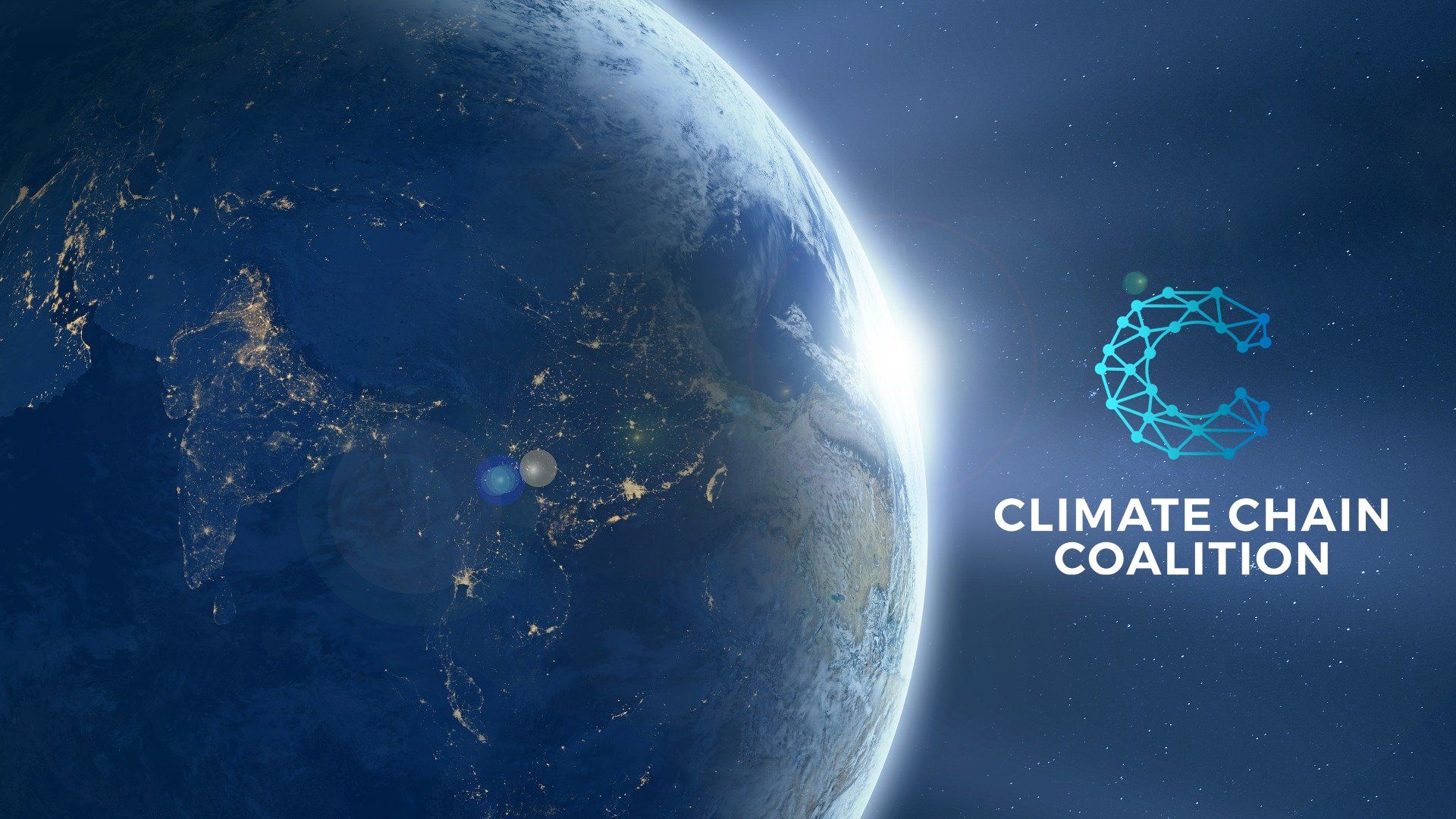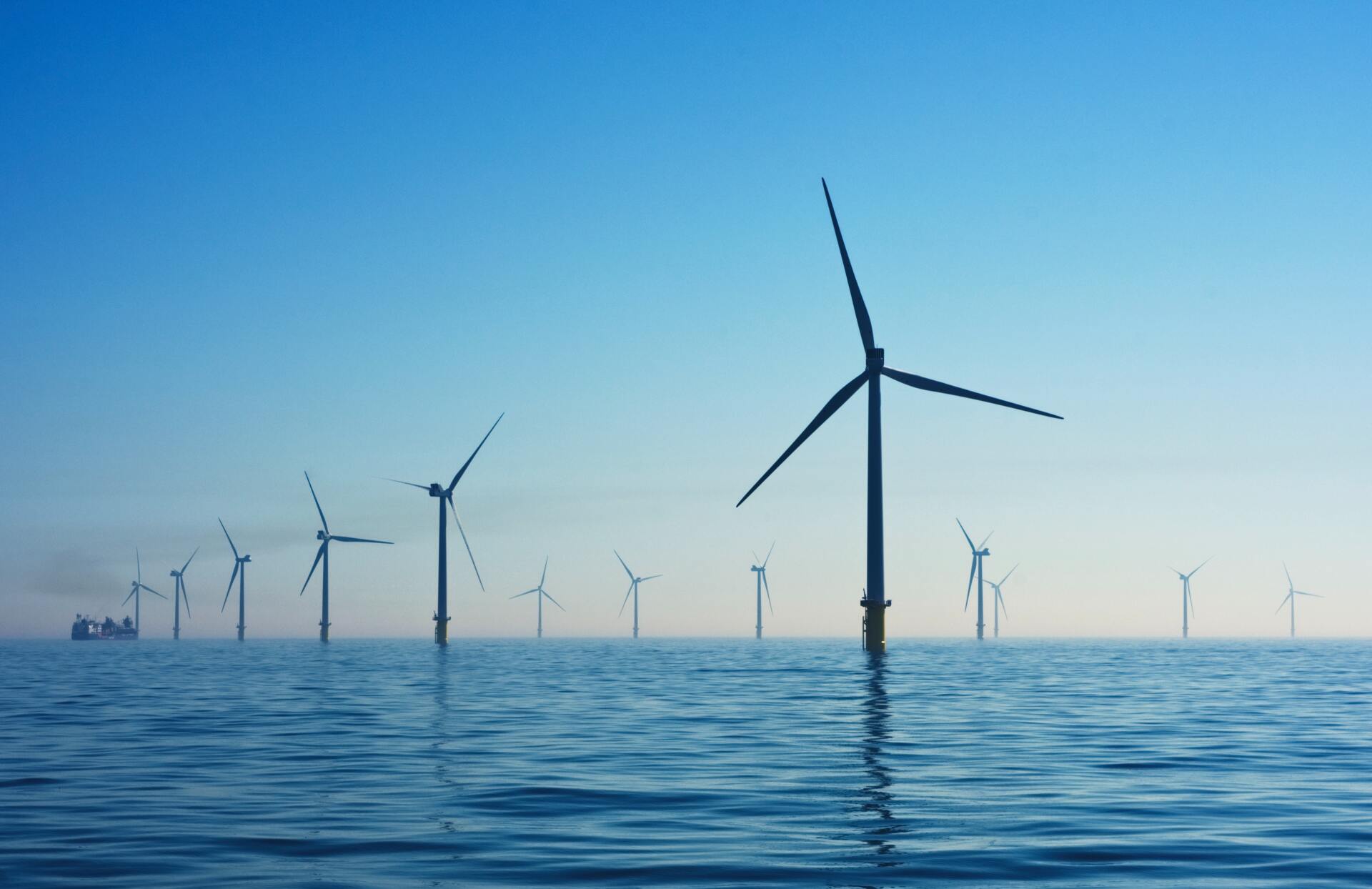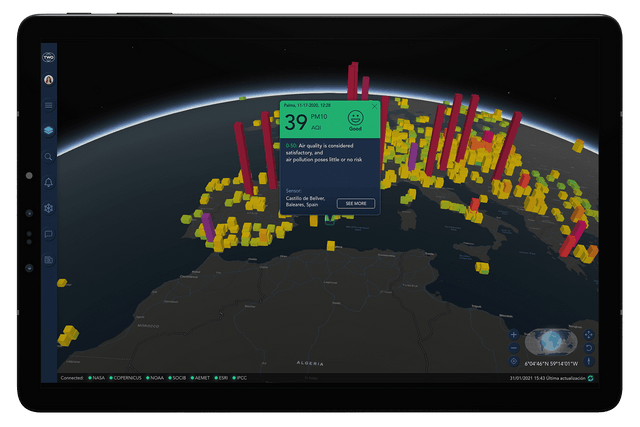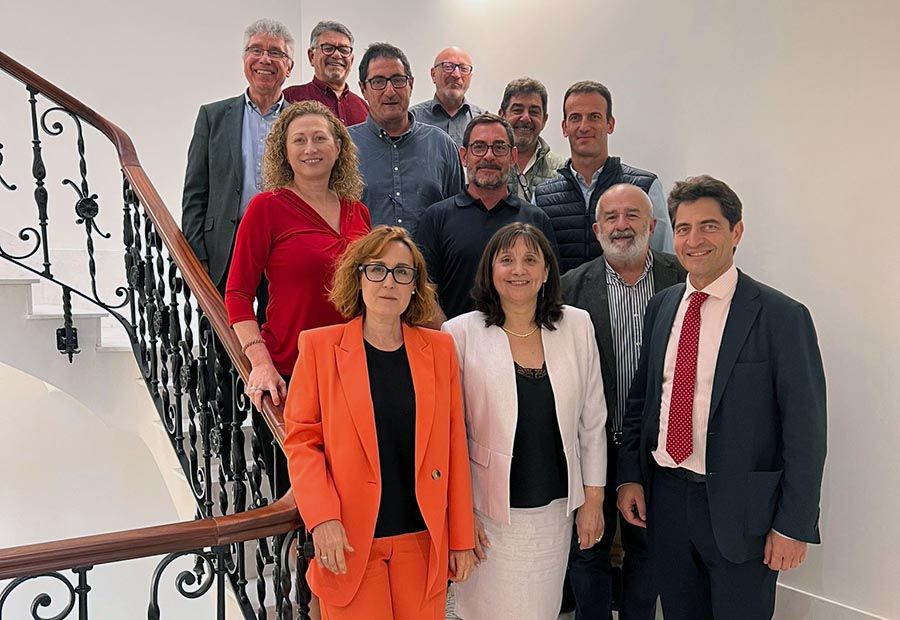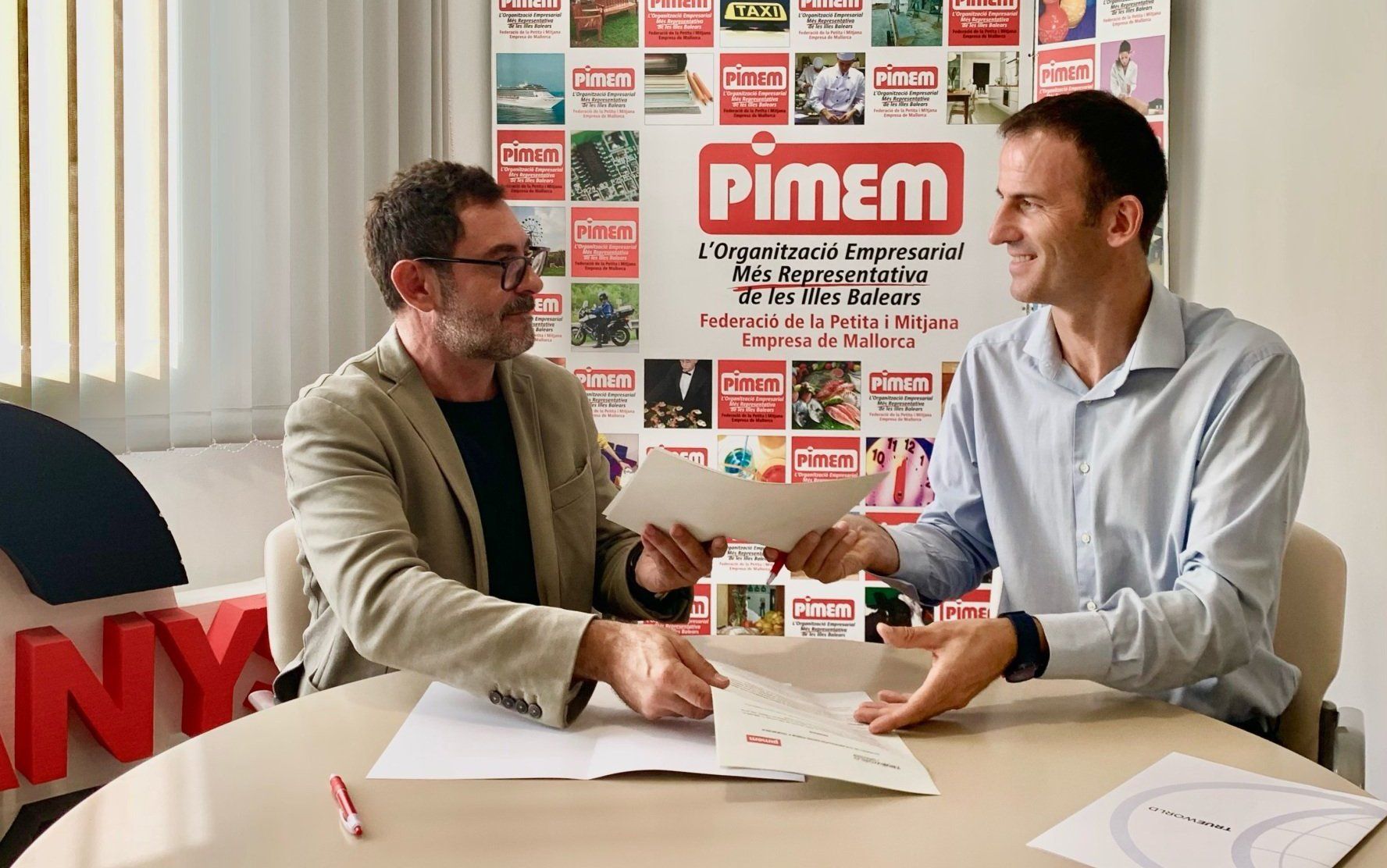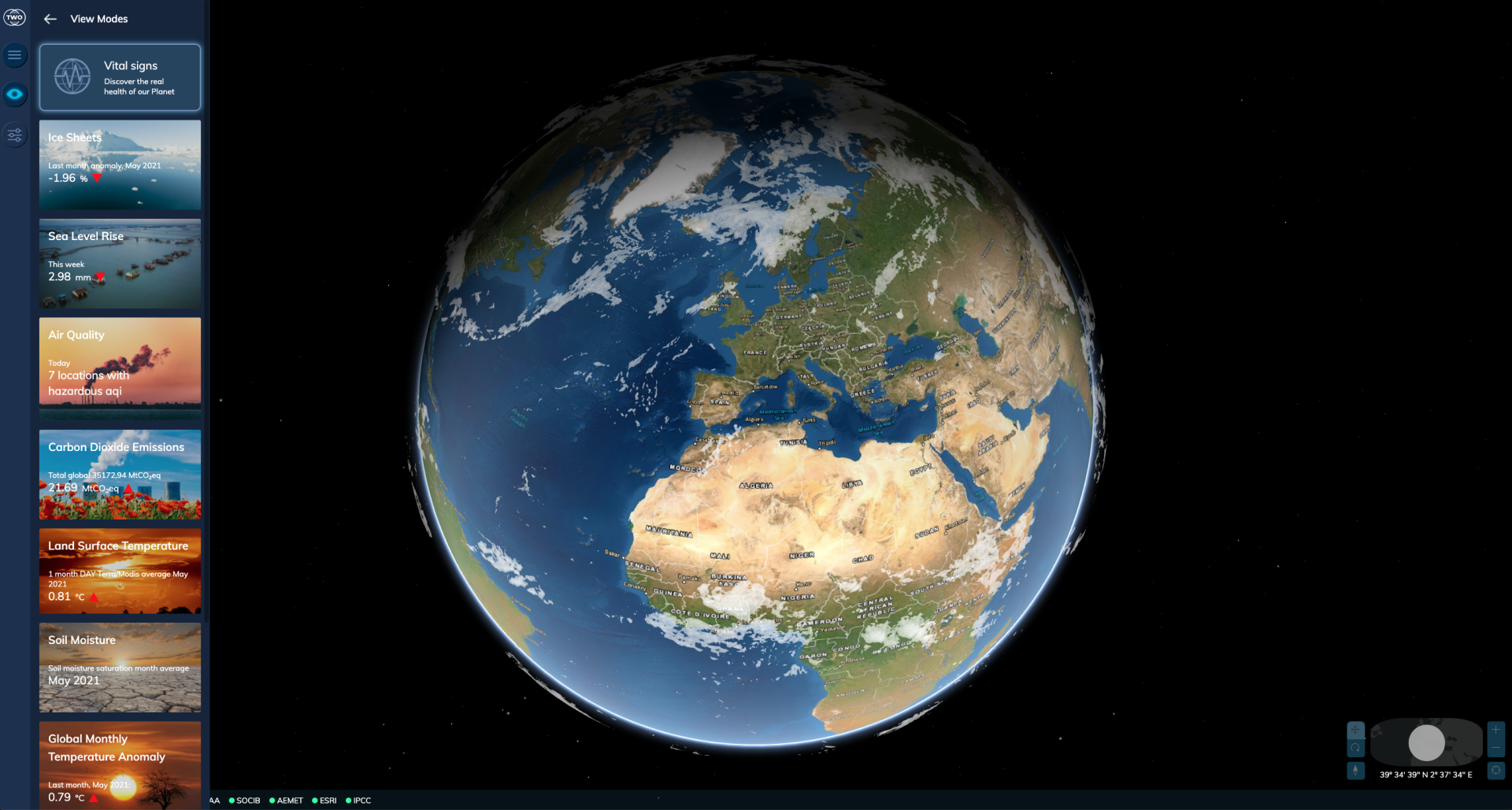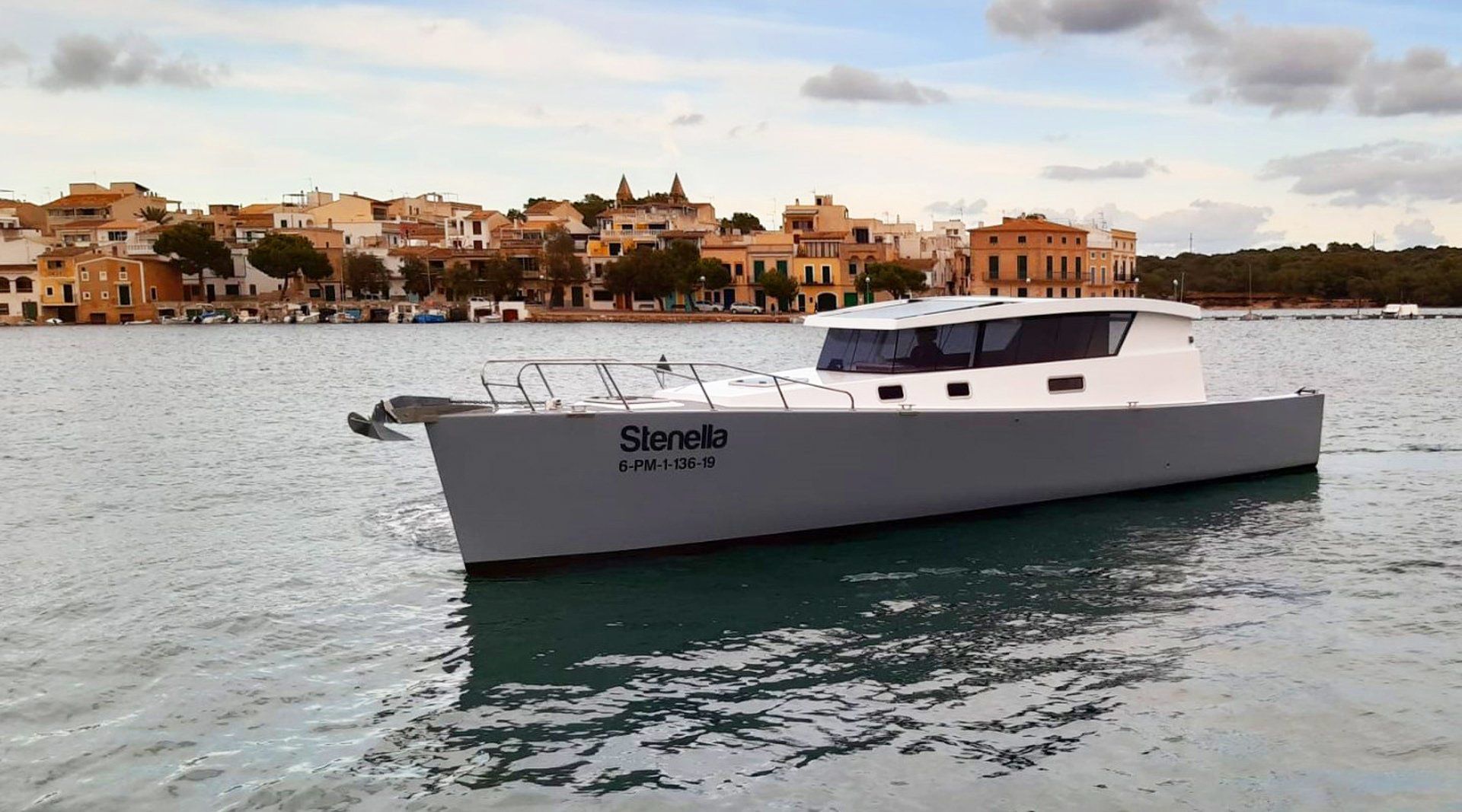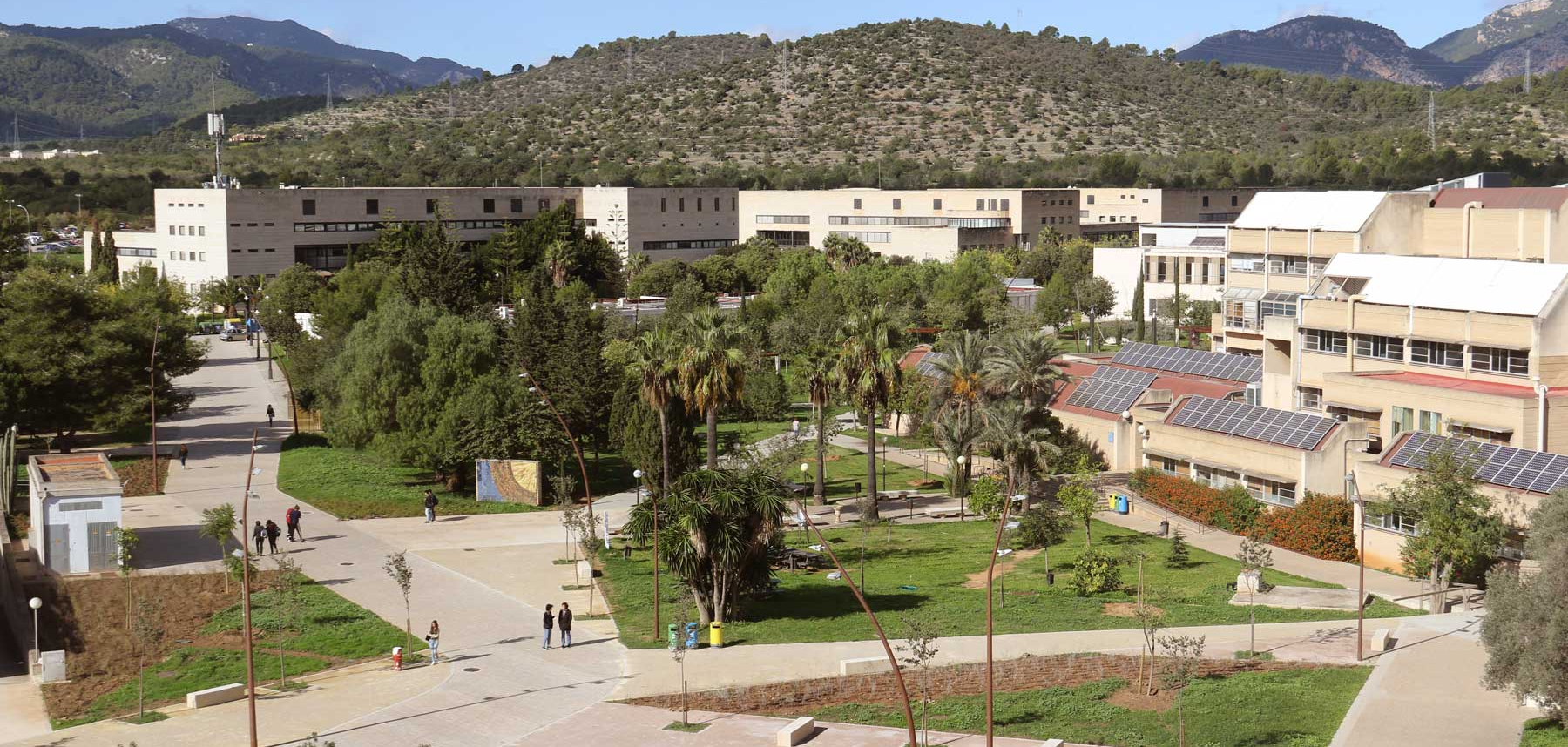Understanding the differences between Carbon Neutral and Net Zero entities is basic to understand their environmental commitment. Both refer to offsetting emissions but with an important difference.
Society is increasingly aware of the future implications - for the planet and people - of the climate crisis, the effects of which we already know cannot be reversed. An alarming situation to which we can only adapt and which threatens our survival and that of future generations. Global warming is likely to
reach 1.5°C between 2030 and 2052 if it continues to increase at the current rate.
Gradually, social and corporate awakening and willingness to take action has increased the overall commitment to the vital importance of reducing emissions. This awareness has also increased the desire not only to register emissions, but to try to reduce impacts as little as possible and to communicate this on the basis of real, traceable and trustworthy data.
What is the difference between Carbon Neutral and Net Zero?
Although the terms
Net Zero and
Carbon Neutral
refer to the balance of GHGs emitted with emissions avoided, reduced or eliminated, the distinguishing factor between the two terms depends on the emissions offset. Today it is easy to confuse these terms. Carbon neutrality means that companies can neutralise their emissions (offset), while
net zero requires reducing its emissions: entities must get rid of them through efficiency, electrification, renewable energy and other impact reduction strategies.
For an organisation to be
Carbon Neutral it needs to pursues responsible strategies to not increase carbon emissions and to achieve carbon neutrality by offsetting through verified social and environmental projects.
On the other hand,
Net Zero entities are those that in the first instance operate with policies and plans to
reduce emissions through purposeful strategies and offset the few emissions they may generate, if any, as a last resort. The Net-Zero concept was formally defined at the end of 2021 by the
Net Zero
Corporate Standard of the
Science Based Targets initiative, to specifically state that offsetting is not allowed under the new standard. Offsetting through projects is used to offset the essential emissions that remain after all initiatives and action plans to minimise impacts have been implemented in operations and processes.
There are numerous companies that have communicated their ambition to comply with the Paris climate agreement through Net Zero or Net Positive strategies, also known as
Climate Positive.
And what does Climate Positive mean?
According to
The Carbon Neutral Protocol, this refers to those companies that not only reduce their GHG impacts in line with the 1.5 degree Paris target across the value chain, but by offsetting them go beyond neutralisation and choose to purchase more credits than necessary. In other words, the organisation is removing greenhouse gases from the atmosphere or reducing emissions so much that the aggregate reductions and removals exceed the subject's unabated emissions. The emission reduction targets set by the
UN and the
Paris Agreement are exceeded by voluntary actions to positively impact beyond neutralisation or offsetting. If you want to know more, we will dedicate our next article to this topic.
Definitions
Carbon Neutral means that all CO2 released into the atmosphere by a company's activities is balanced by an equivalent amount that is removed.
Net Zero Carbon Emissions means that an activity releases zero net carbon emissions into the atmosphere. Net zero emissions balance the total amount of greenhouse gases (GHG) released and the amount removed from the atmosphere.
Climate Positive means that the activity goes beyond achieving net carbon emissions to create an environmental benefit by removing additional carbon dioxide from the atmosphere.
How can you reduce or offset your impacts?
At TWO, we offer services for the neutralisation of emissions from the operations and processes of public and private sector entities and organisations to help you set targets for to decarbonisation.
We help you to calculate, register and offset your impacts as well as to draw up a reduction plan based on the recommendations and guidelines of the Science Based Targets (SBTi) so that you can embark on the path to sustainability in a responsible and transparent way. Whatever your sustainability goal is (Carbon Neutral, Net Zero or Climate Positive), you can rely on the expertise and technological solutions we provide.
If you would like to discuss your organisation's energy and sustainability needs and see how our experts can help you, book a Net Zero strategy consultation today.
Más notas de prensa...


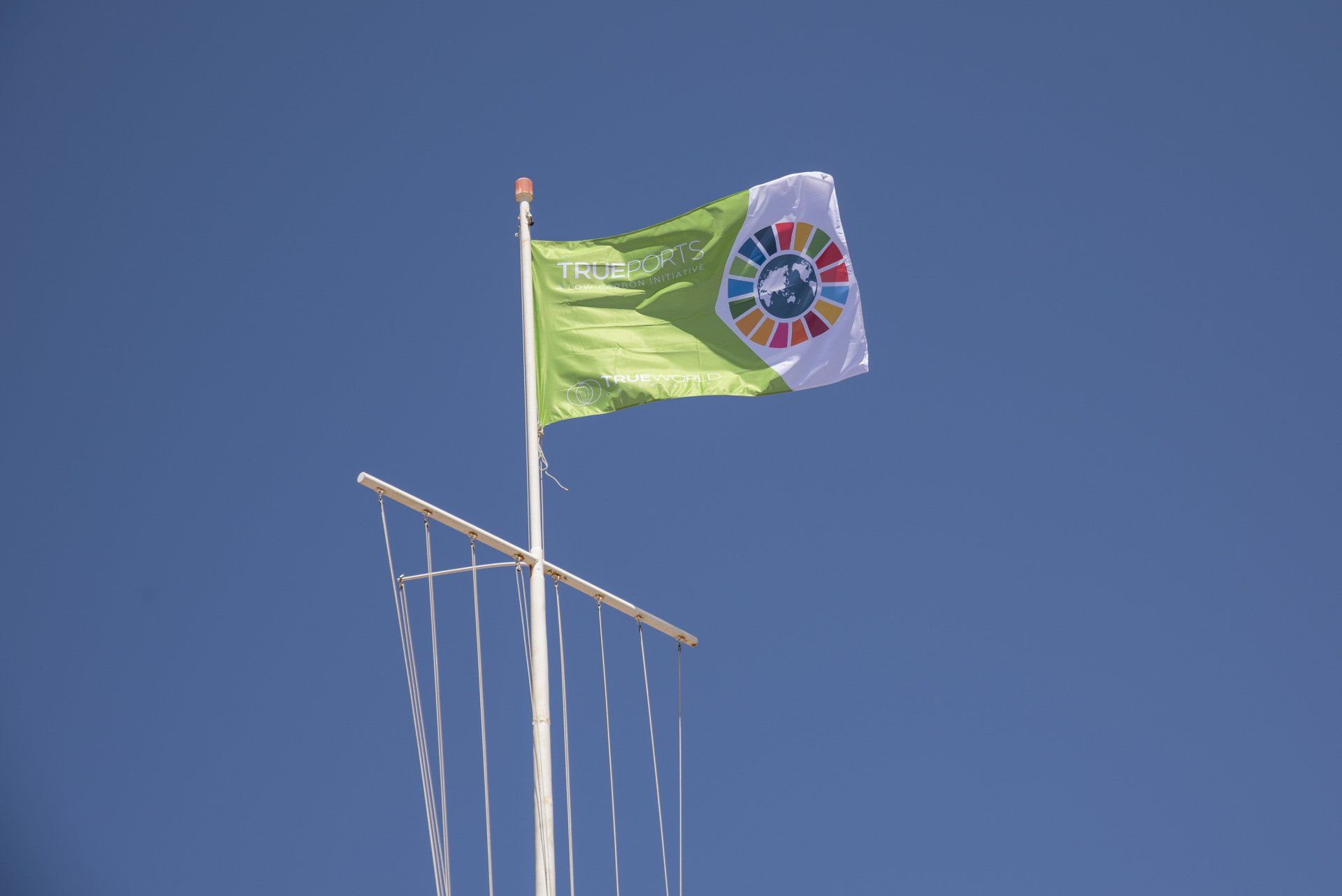
Compartir
También te puede interesar...
